In the late 1980s, NASA was looking for ways to purify the air in its space stations. They conducted a study to find the best plants for filtering toxins and converting carbon dioxide into oxygen.
In 1989, their results were published in a clean air study that provided a definitive list of plants that are the most effective at cleaning indoor air.
Which plants made the list?
NASA's study recommended placing at least one plant for every 100 square feet of indoor space, whether at home or in the office. These are the plants that proved most effective.
1. Dwarf Date Palm
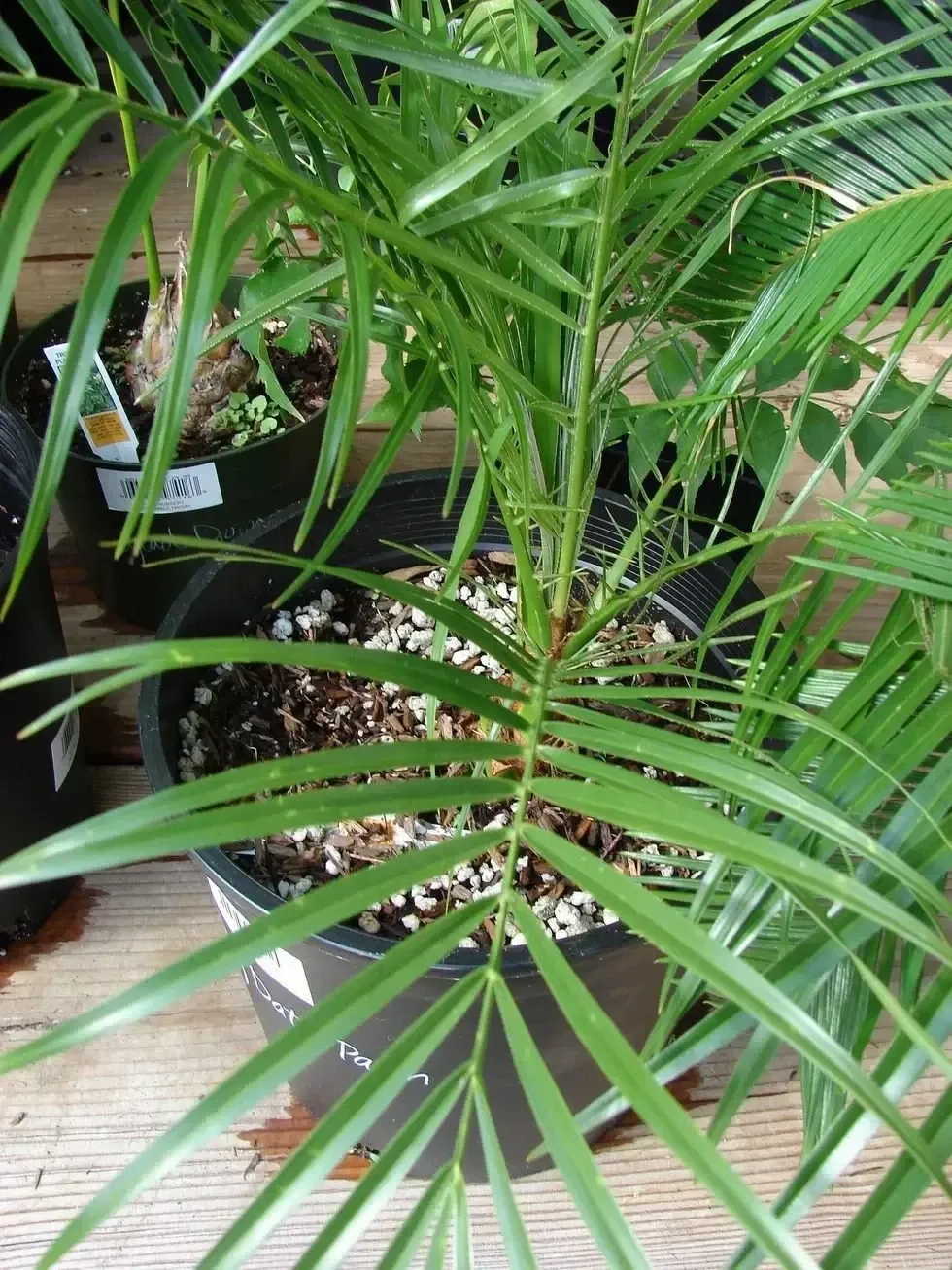
2. Boston Fern
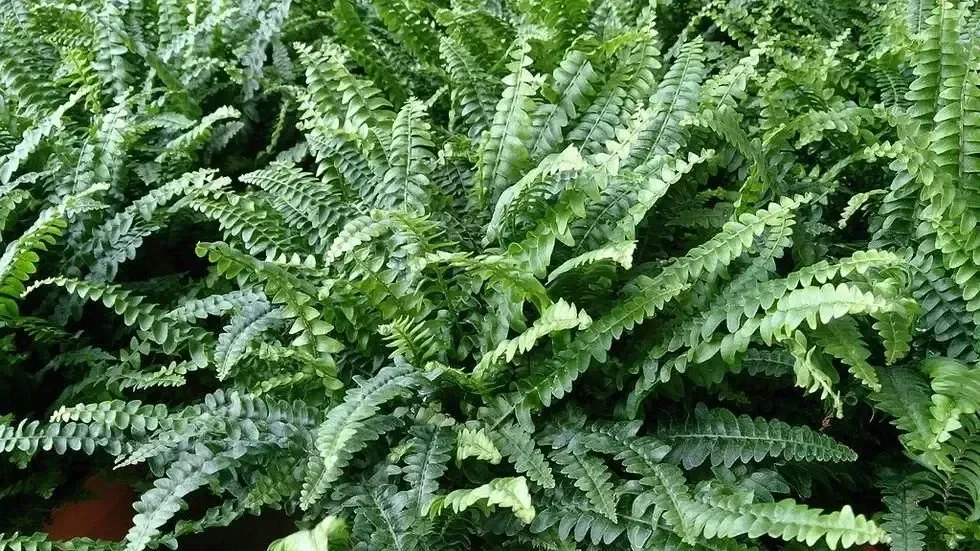
3. Kimberly Queen Fern
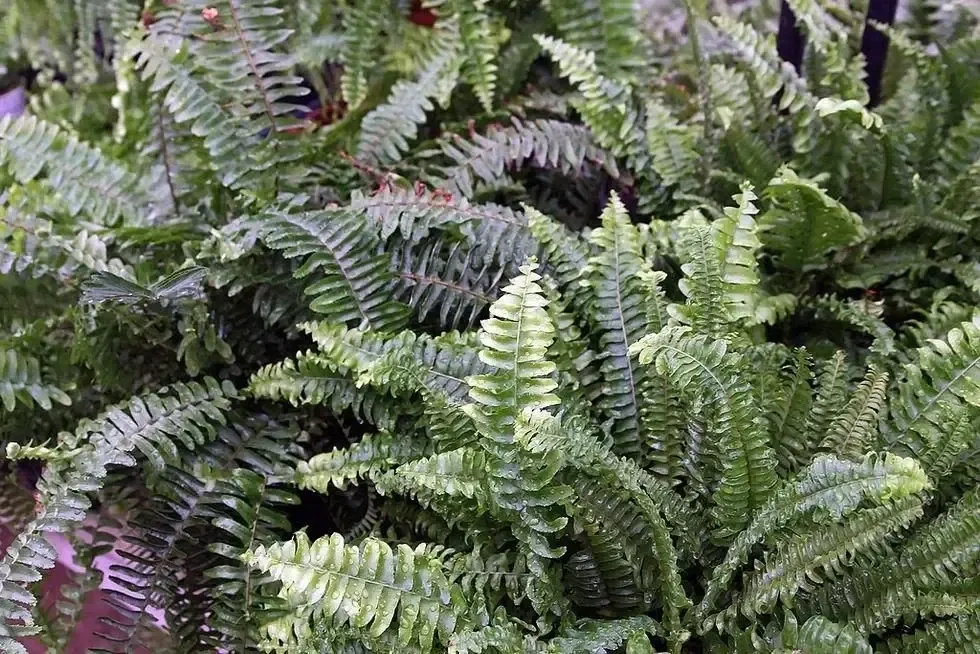
4. Spider Plant
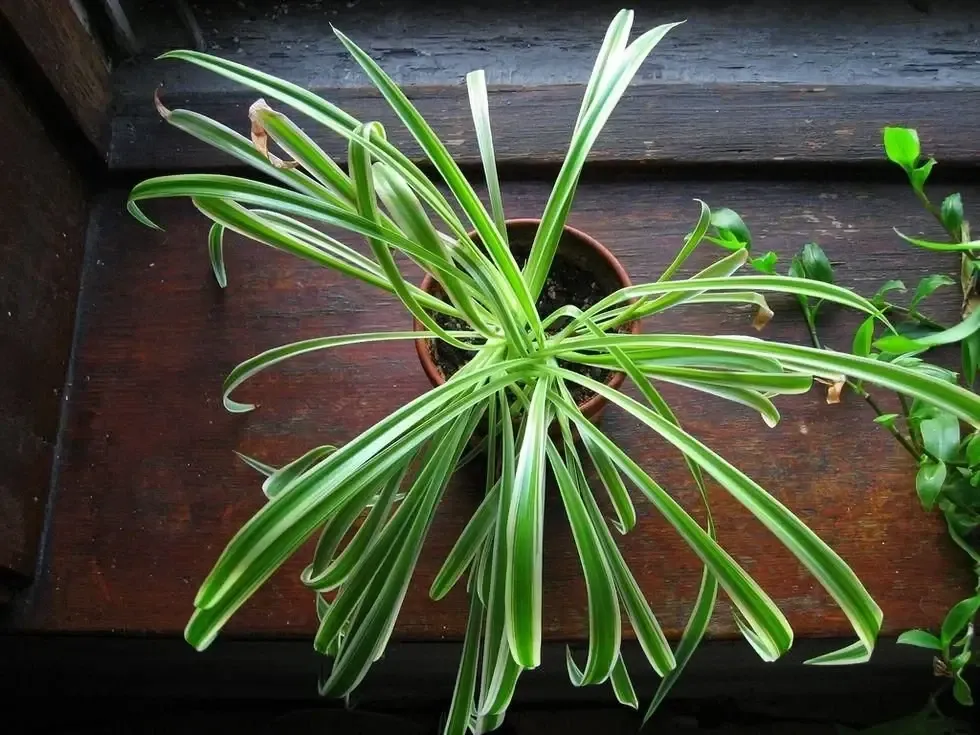
5. Chinese Evergreen
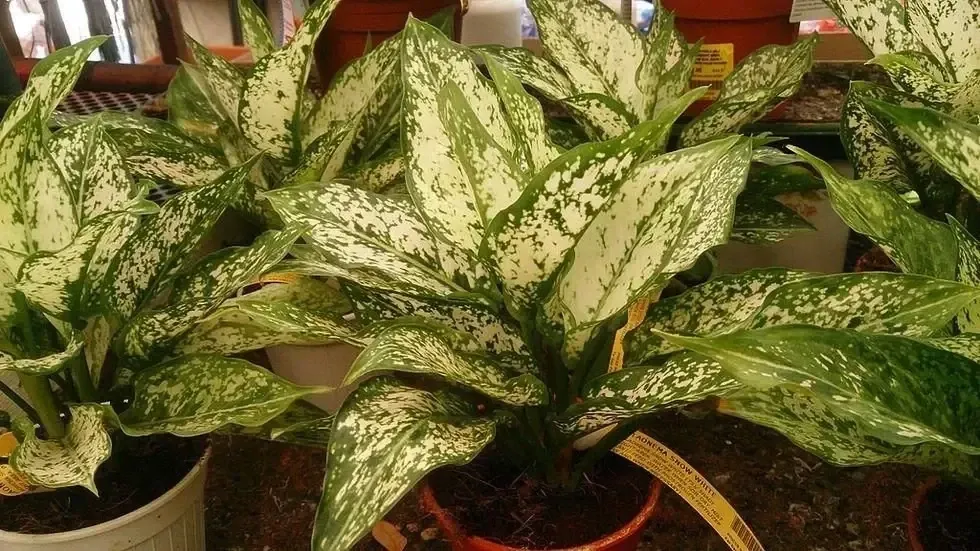
6. Bamboo Palm
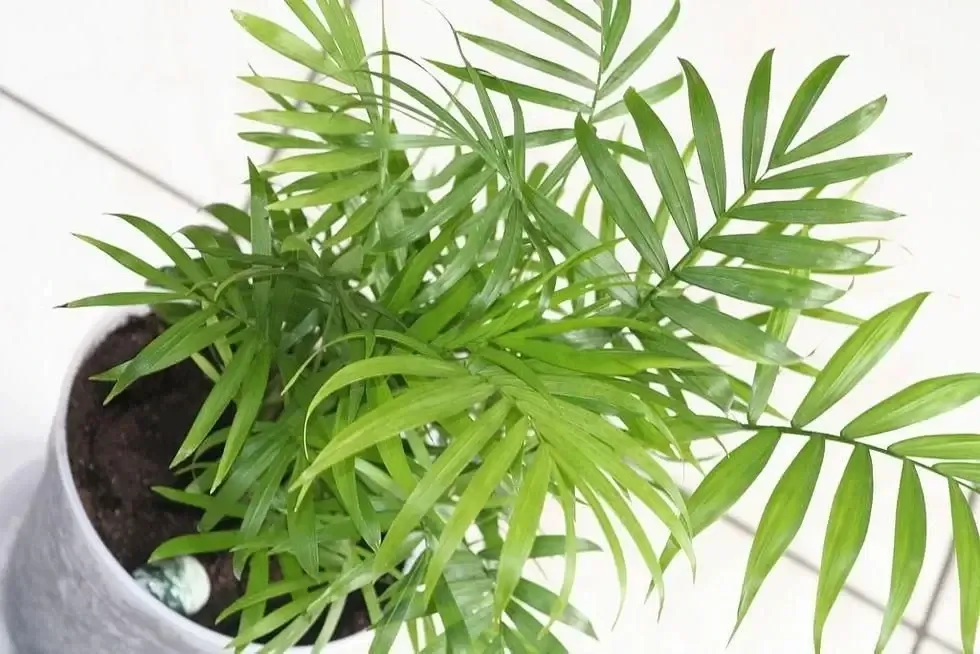
7. Weeping Fig
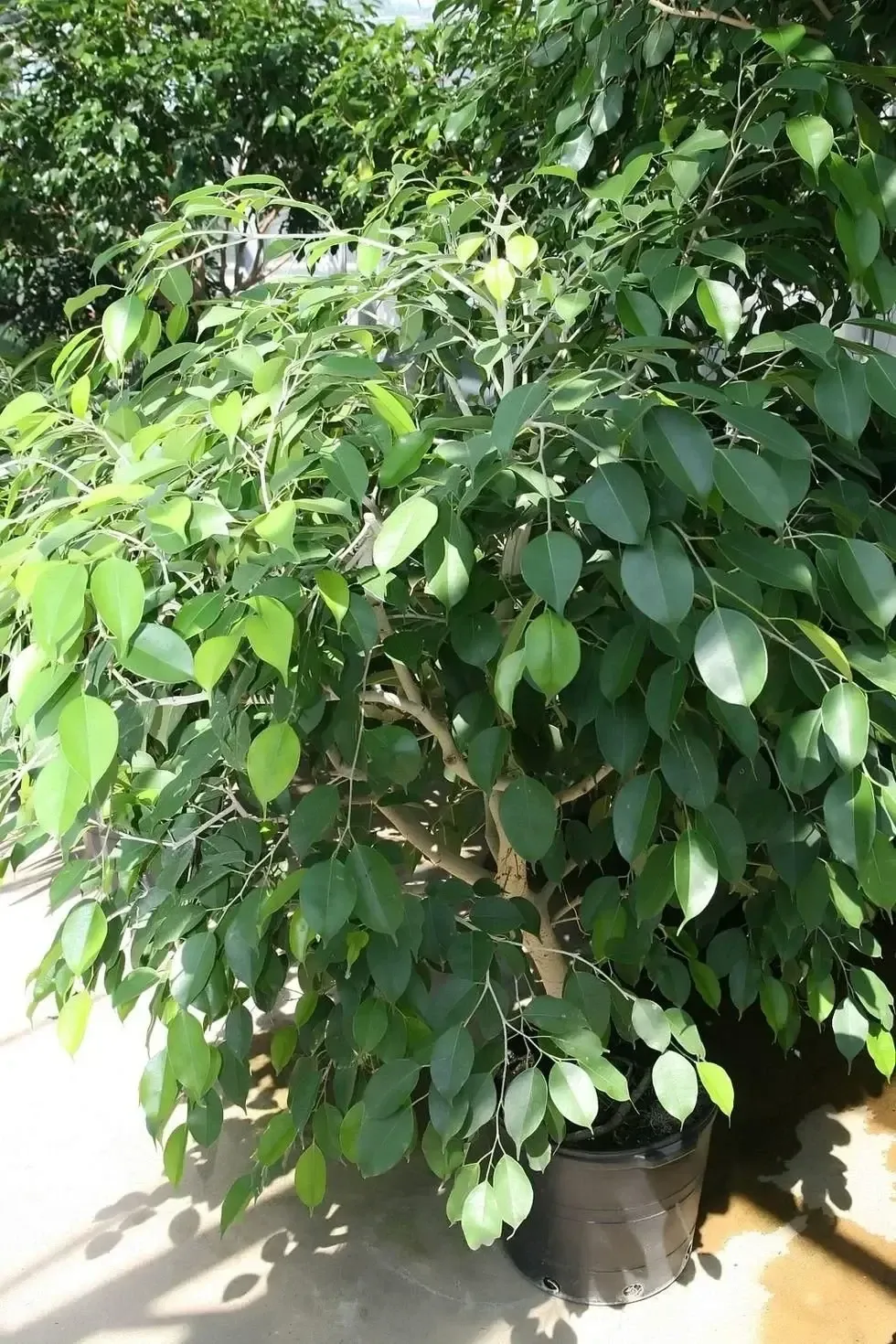
8. Devil's Ivy
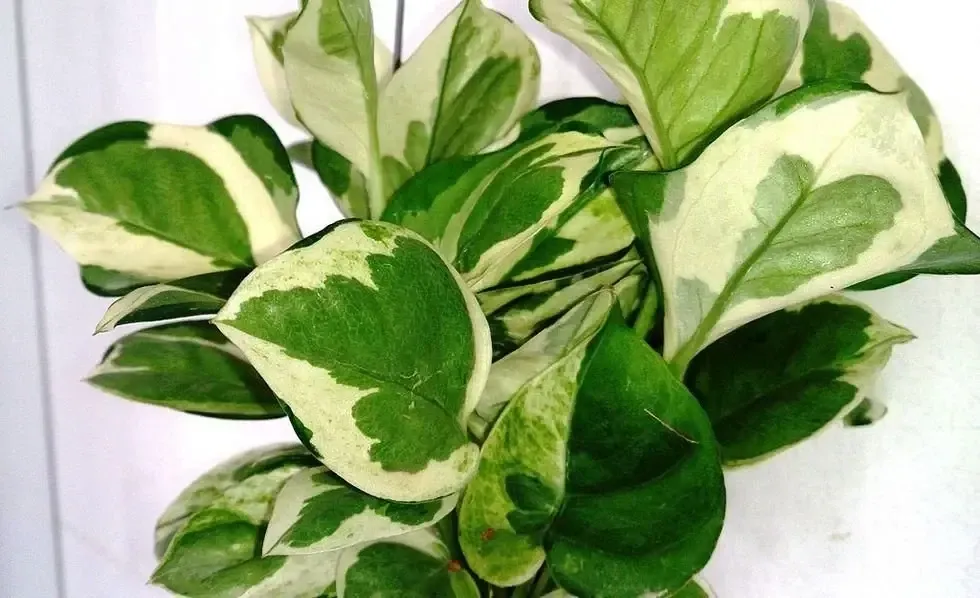
9. Flamingo Lily
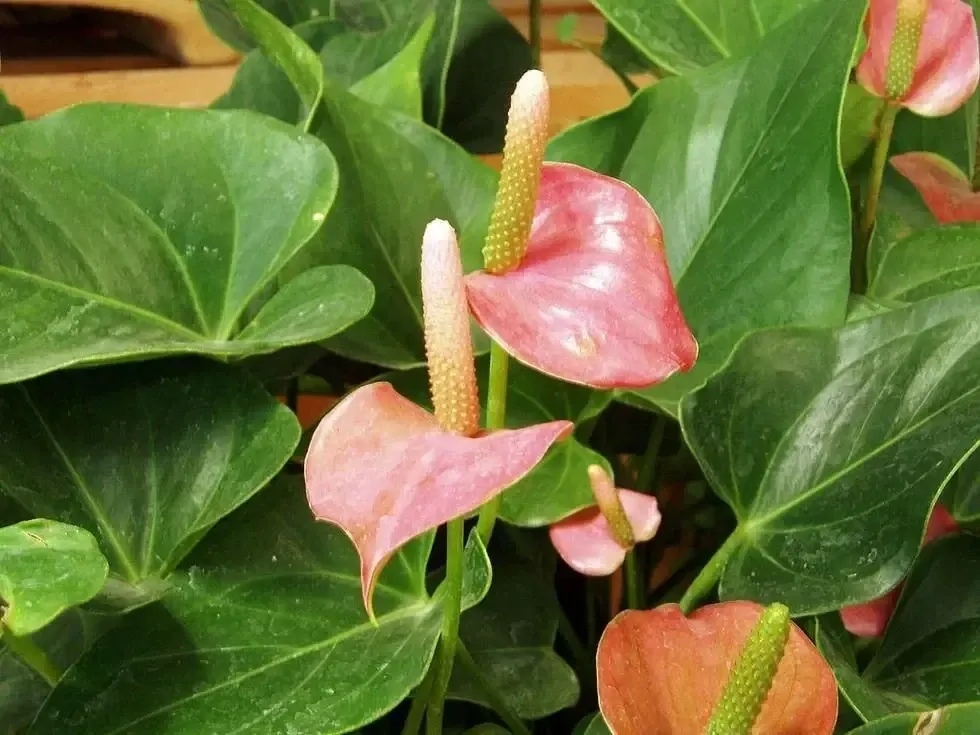
10. Lilyturf
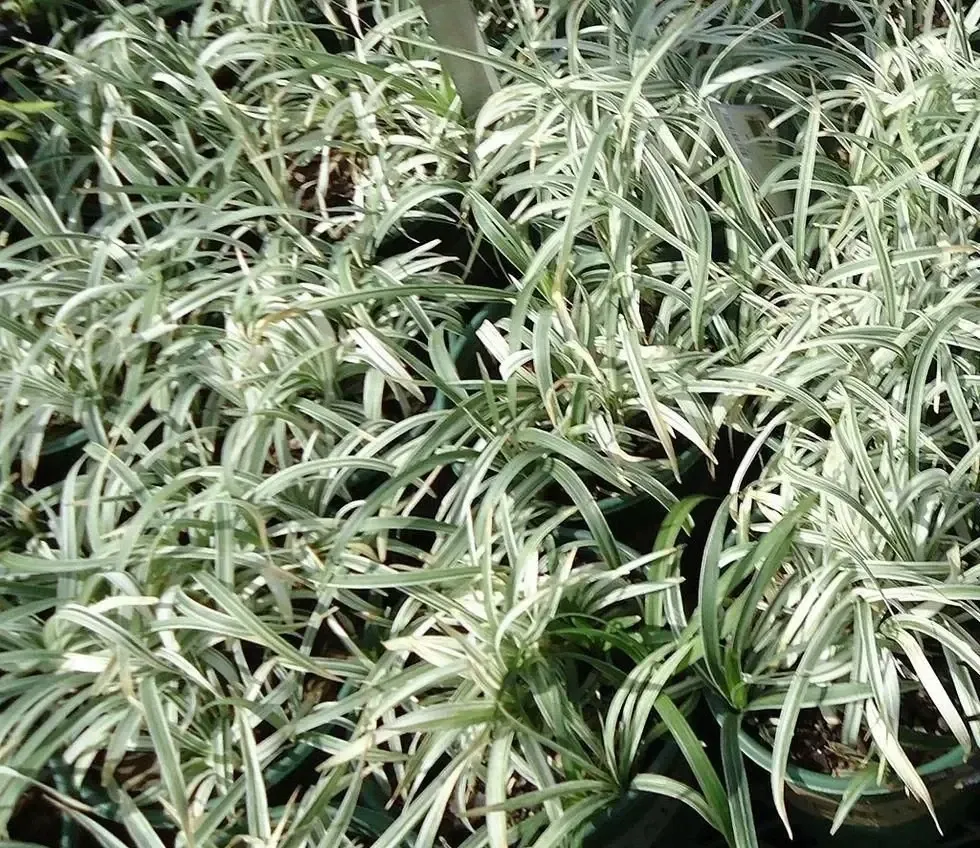
11. Broadleaf Lady Palm
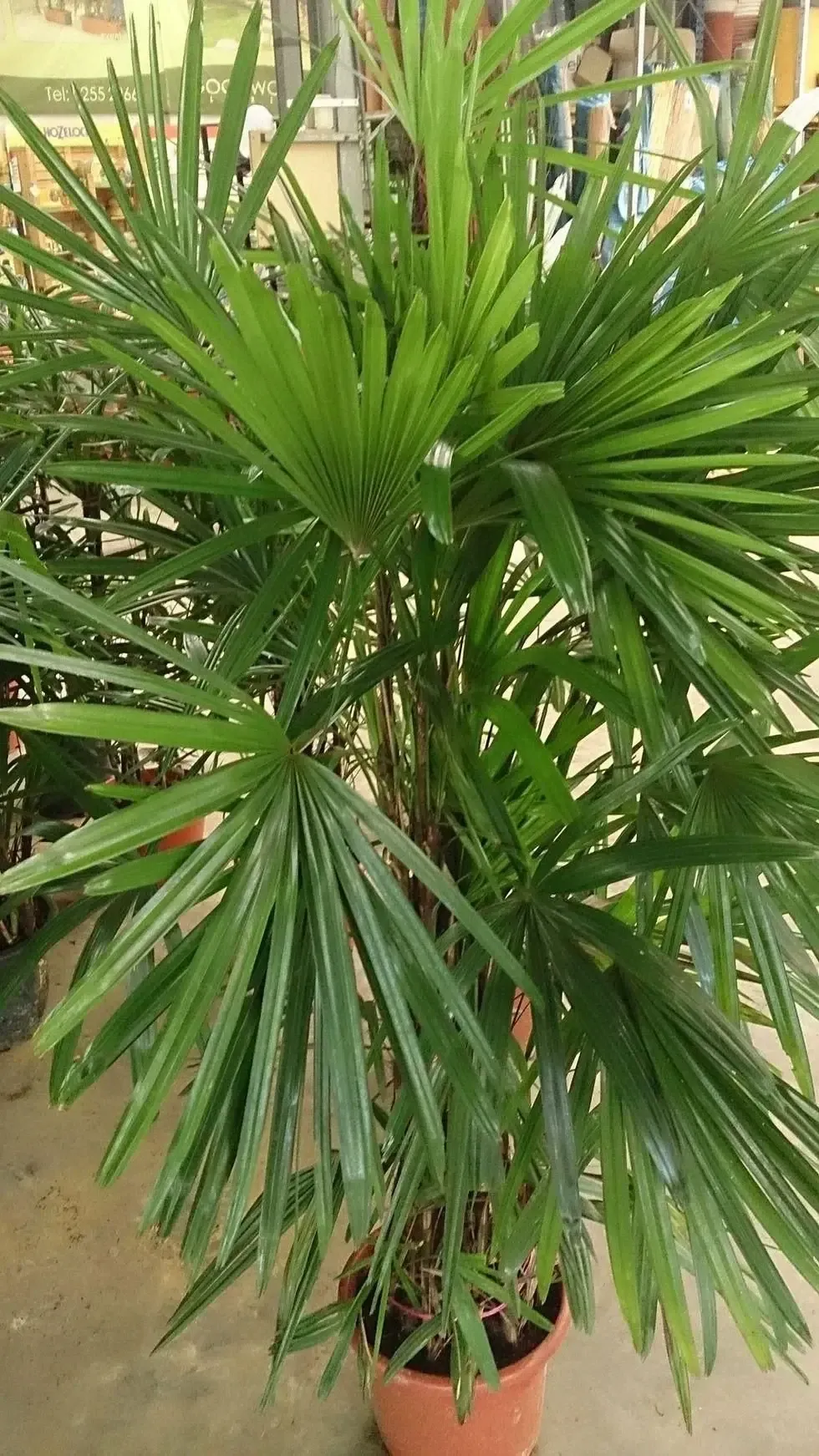
12. Barberton Daisy
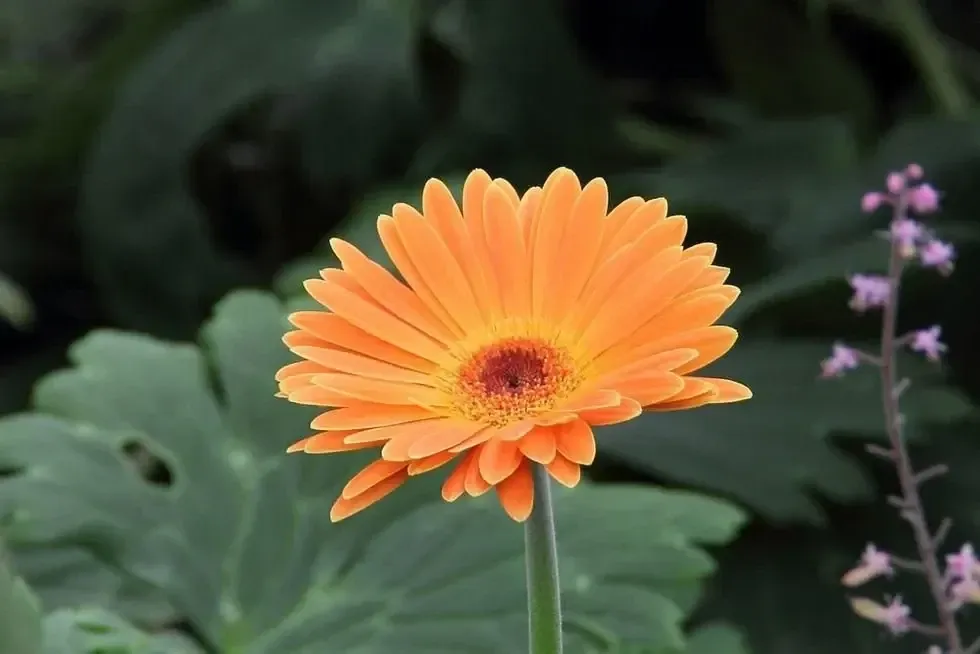
13. Cornstalk Dracena
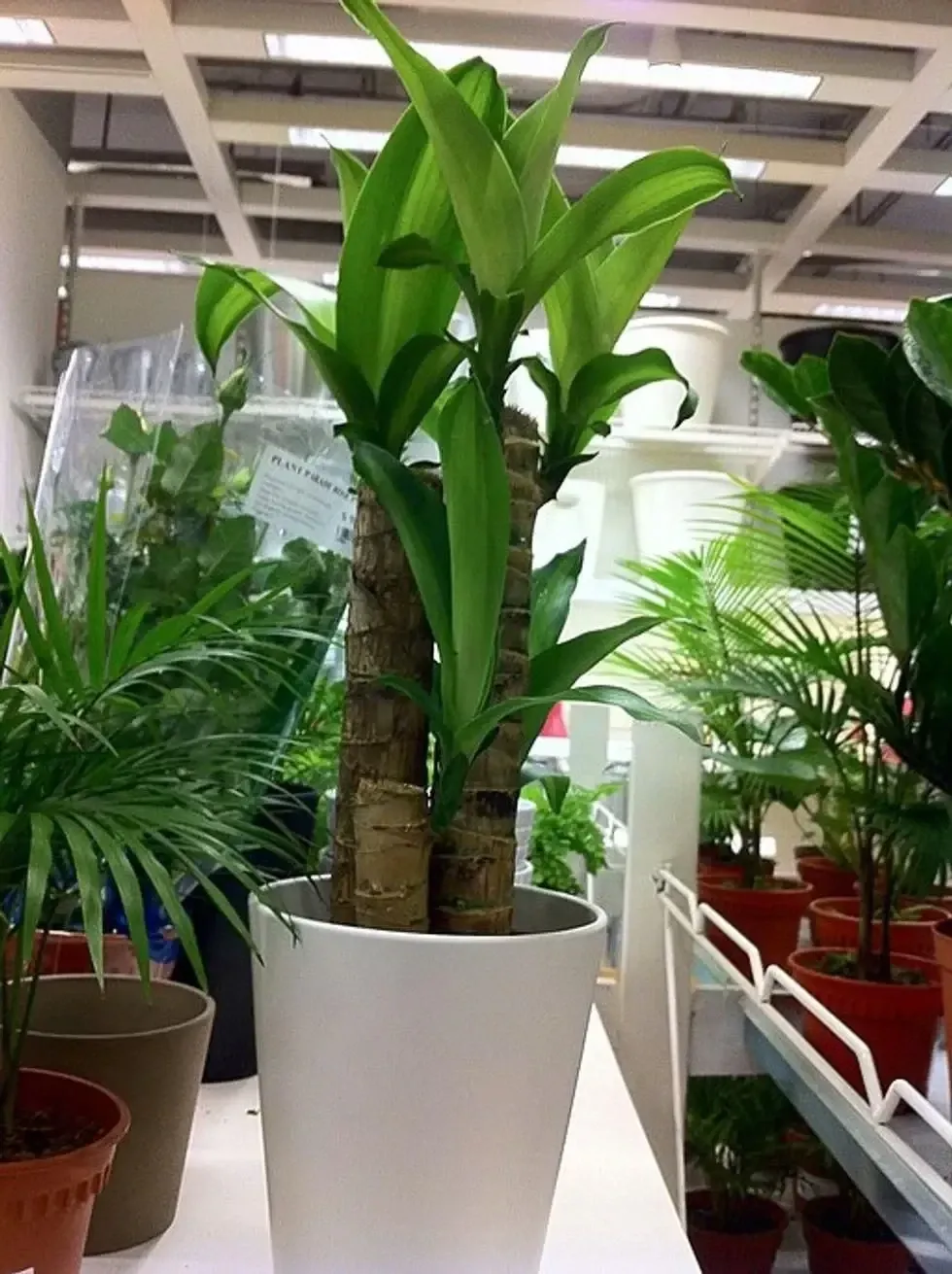
14. English Ivy
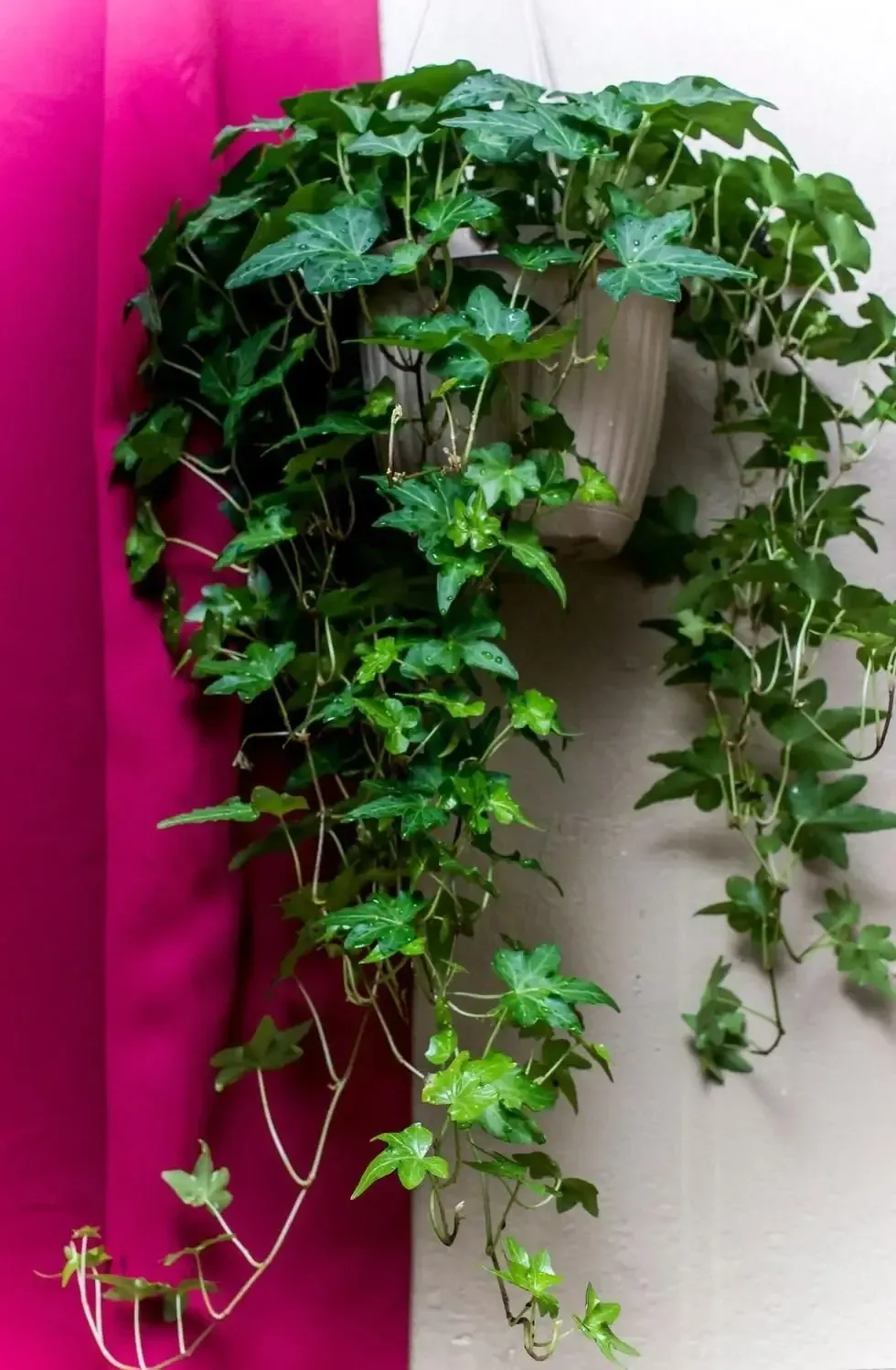
15. Varigated Snake Plant
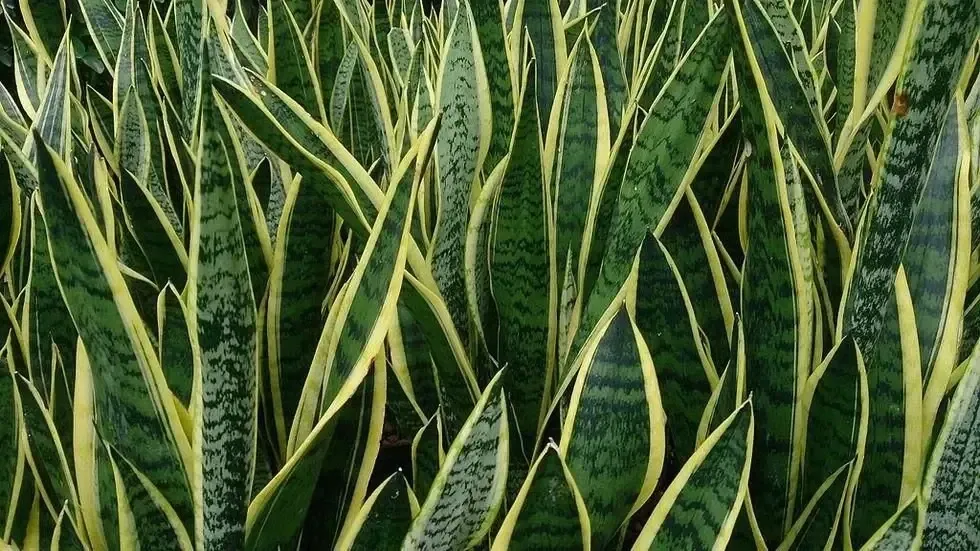
16. Red-Edged Dracaena
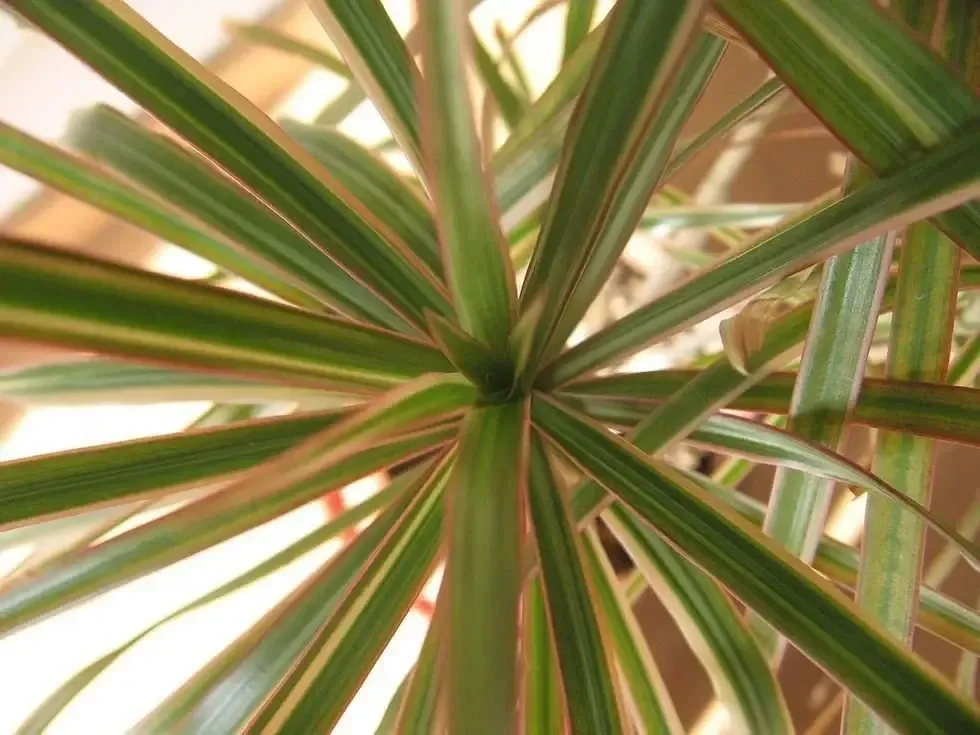
17. Peace Lily
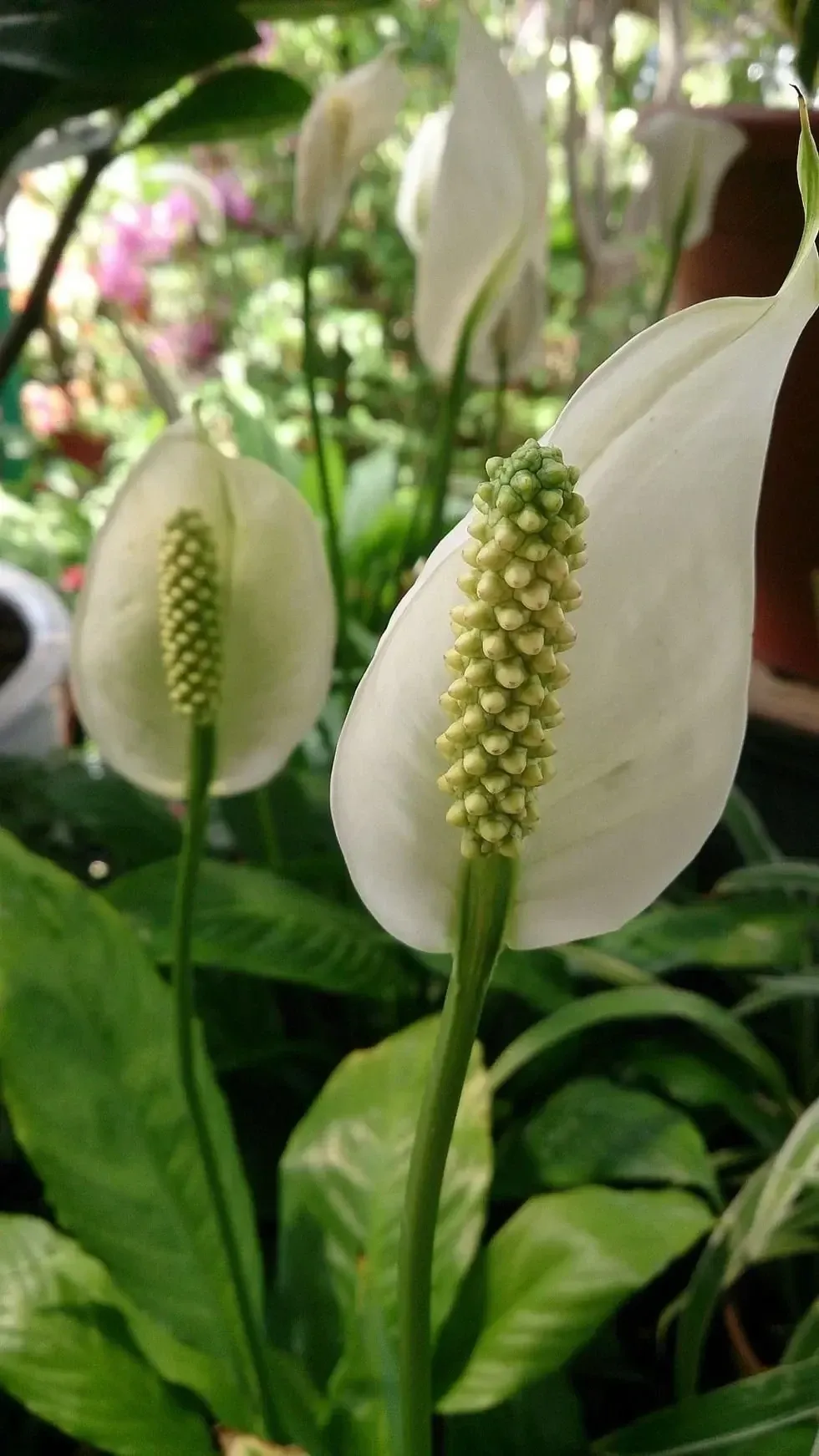
18. Florist's Chrysanthemum
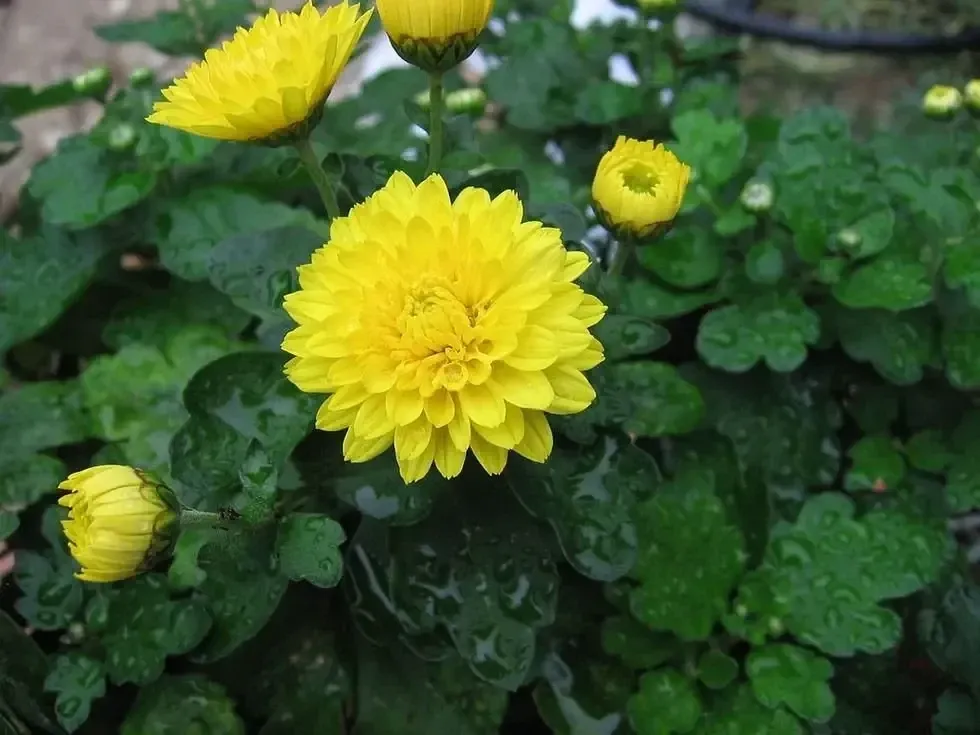
What’s in our air?
NASA’s interest in air-purifying plants wasn’t just a matter of aesthetics. The air inside space stations—and even many homes—is often laced with invisible chemicals that can pose serious health risks when inhaled in high concentrations.
Trichloroethylene – Found in printing inks, paints, lacquers, varnishes, adhesives, and paint removers. Symptoms associated with short-term exposure include: excitement, dizziness, headache, nausea, and vomiting, followed by drowsiness and coma.
Formaldehyde – Found in paper bags, waxed papers, facial tissues, paper towels, plywood paneling, and synthetic fabrics. Symptoms associated with short-term exposure include: irritation to the nose, mouth, and throat, and in severe cases, swelling of the larynx and lungs.
Benzene – Used to make plastics, resins, lubricants, detergents, and drugs. Also found in tobacco smoke, glue, and furniture wax. Symptoms associated with short-term exposure include: irritation of the eyes, drowsiness, dizziness, headache, increased heart rate, confusion, and, in some cases, unconsciousness.
Xylene – Found in rubber, leather, tobacco smoke, and vehicle exhaust. Symptoms associated with short-term exposure include: irritation to the mouth and throat, dizziness, headache, confusion, heart problems, liver and kidney damage, and coma.
Ammonia – Found in window cleaners, floor waxes, smelling salts, and fertilizers. Symptoms associated with short-term exposure include eye irritation, coughing, and a sore throat.
So whether you're looking to freshen up your home, boost your indoor air quality, or simply add a little life to your space, NASA’s list offers a natural, low-maintenance solution. Just remember to choose pet-safe options if you share your space with furry companions. A few well-placed plants won’t just liven up a room, they might also help you breathe a little easier.
This article originally appeared last year.





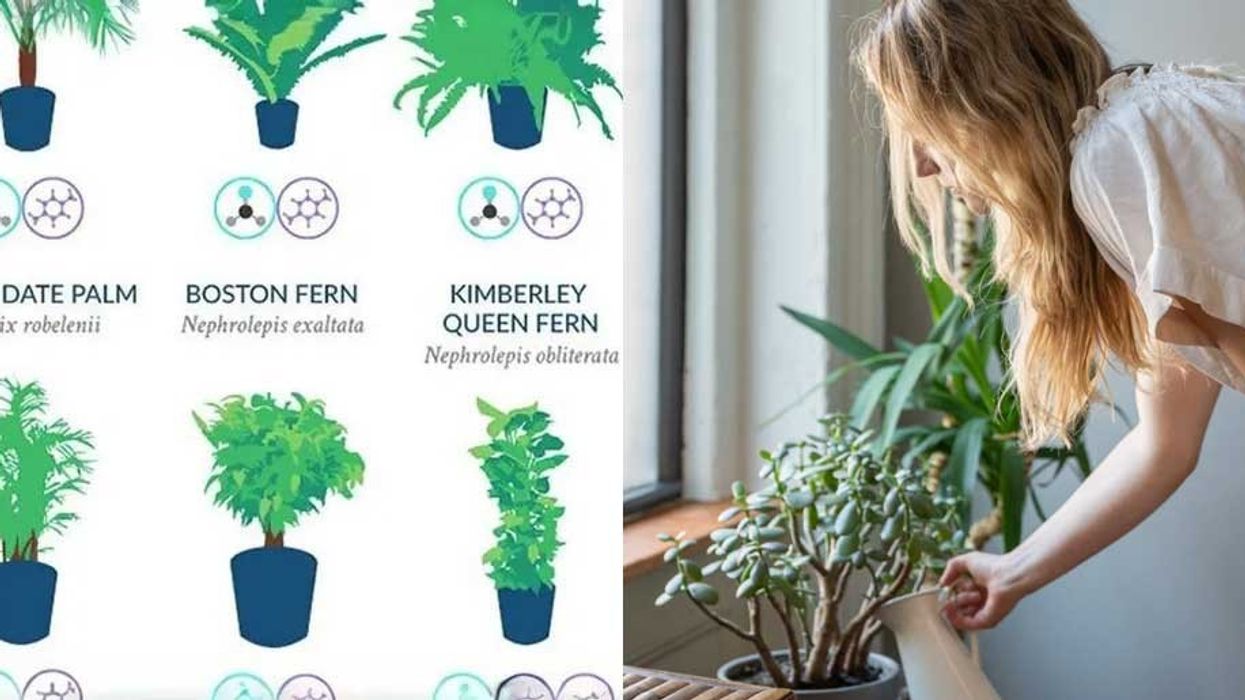
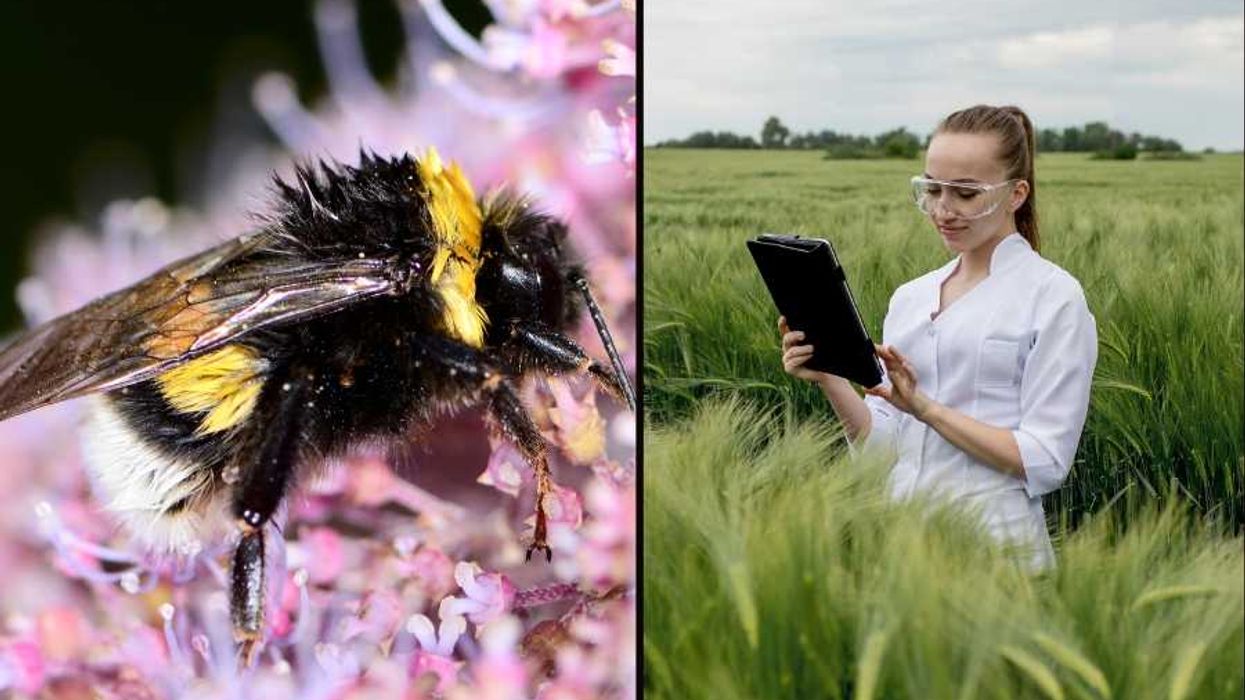










 Two people study a mapCanva
Two people study a mapCanva Foggy Chinese villageCanva
Foggy Chinese villageCanva

 A young lion playing with an older animal
A young lion playing with an older animal A colorful bird appears to be yelling at it a friend
A colorful bird appears to be yelling at it a friend An otter appears like it's holding its face in shock
An otter appears like it's holding its face in shock Two young foxes playing in the wild
Two young foxes playing in the wild Two otters appear to be laughing together in the water
Two otters appear to be laughing together in the water A fish looks like it's afraid of the shark behind it
A fish looks like it's afraid of the shark behind it A bird appears to be ignoring their partner
A bird appears to be ignoring their partner A squirrel looks like it's trapped in a tree
A squirrel looks like it's trapped in a tree A bear holds hand over face, making it appear like it's exhausted
A bear holds hand over face, making it appear like it's exhausted A penguin looks like its trying to appear inconspicuous
A penguin looks like its trying to appear inconspicuous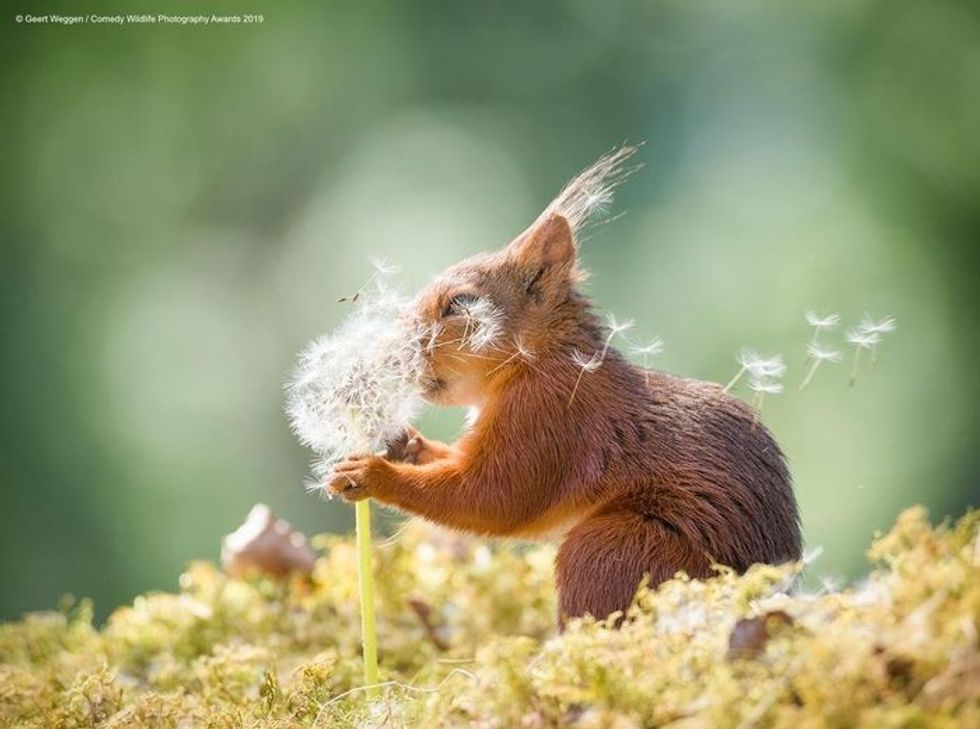 A young squirrel smells a flower
A young squirrel smells a flower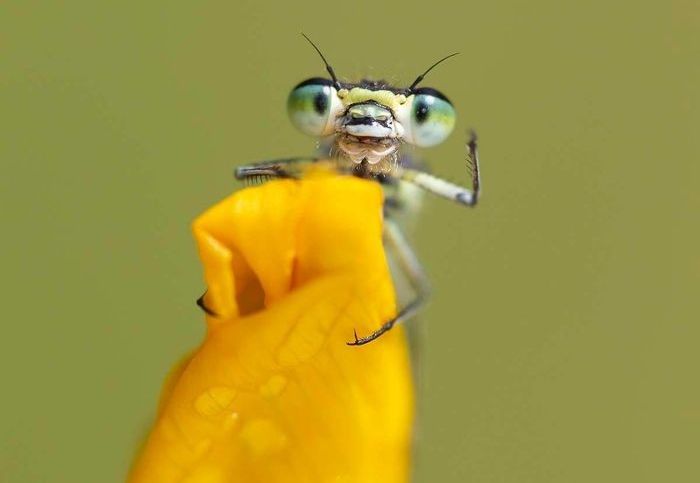 An insect appears to be smiling and waving at the camera
An insect appears to be smiling and waving at the camera An otter lies on its side apparently cracking up laughing
An otter lies on its side apparently cracking up laughing Two monkeys caught procreating
Two monkeys caught procreating A young chimp relaxes with its hands behind its head
A young chimp relaxes with its hands behind its head A snowy owl appears to be smiling
A snowy owl appears to be smiling  A monkey holds finger to face as if it's lost in thought
A monkey holds finger to face as if it's lost in thought A turtle crossing the road under a 'slow' sign
A turtle crossing the road under a 'slow' sign A polar bear lies on its back like it's trying to hide
A polar bear lies on its back like it's trying to hide A rodent strikes human-like pose
A rodent strikes human-like pose
 An excerpt of the faxCanva
An excerpt of the faxCanva
 Robert Redford advocating against the demolition of Santa Monica Pier while filming "The Sting" 1973
Robert Redford advocating against the demolition of Santa Monica Pier while filming "The Sting" 1973
 Image artifacts (diffraction spikes and vertical streaks) appearing in a CCD image of a major solar flare due to the excess incident radiation
Image artifacts (diffraction spikes and vertical streaks) appearing in a CCD image of a major solar flare due to the excess incident radiation
 A woman looks out on the waterCanva
A woman looks out on the waterCanva A couple sits in uncomfortable silenceCanva
A couple sits in uncomfortable silenceCanva Gif of woman saying "I won't be bound to any man." via
Gif of woman saying "I won't be bound to any man." via  Woman working late at nightCanva
Woman working late at nightCanva Gif of woman saying "Happy. Independent. Feminine." via
Gif of woman saying "Happy. Independent. Feminine." via 
 Yonaguni Monument, as seen from the south of the formation.
Yonaguni Monument, as seen from the south of the formation.